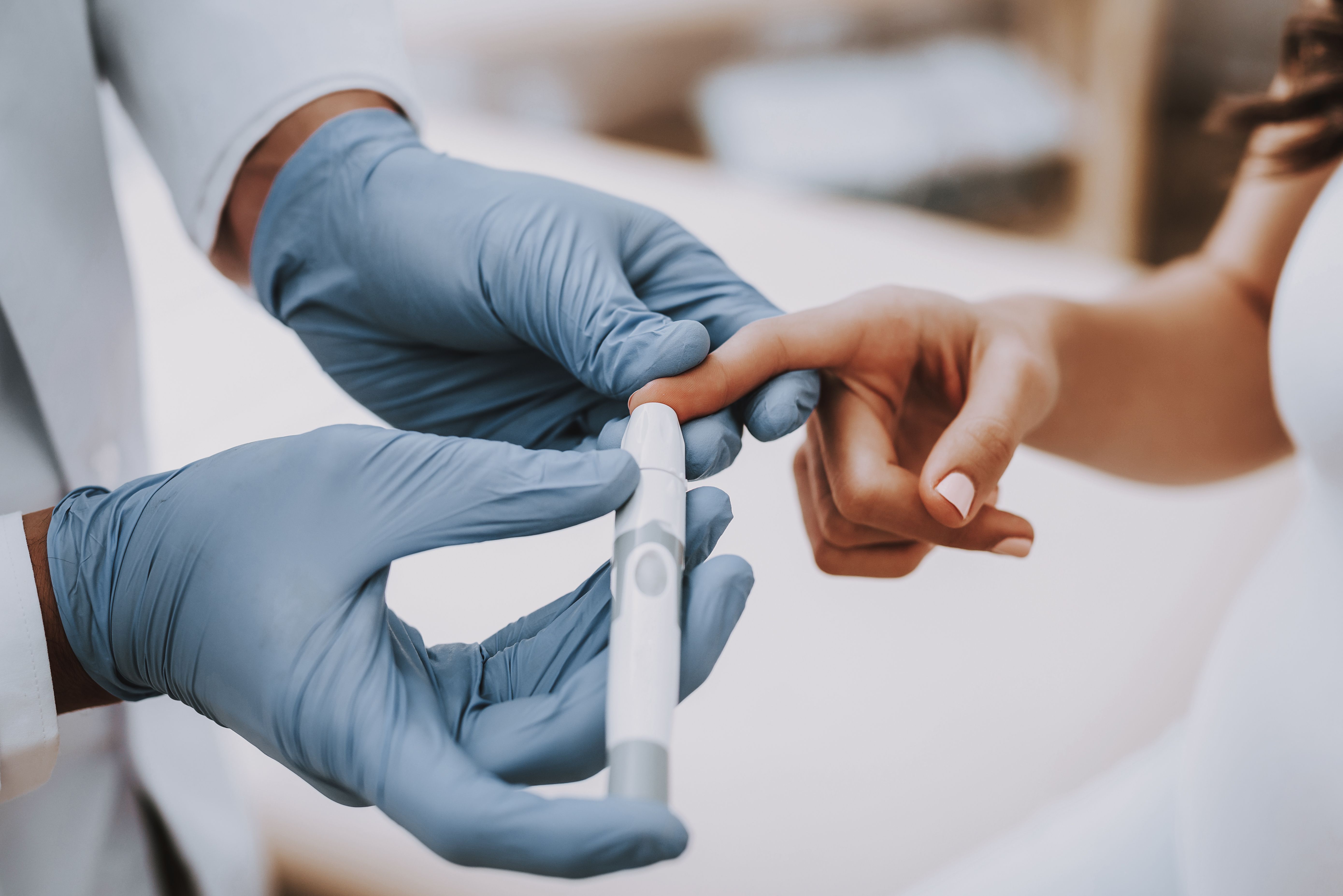Article
Antiepileptic Drug Linked to Increased Autism Risk
Author(s):
Children born to mothers who took sodium valproate during pregnancy were much more likely to develop autism and other neurodevelopmental disorders, according to the results of a study.
Children born to mothers who took sodium valproate during pregnancy were much more likely to develop autism and other neurodevelopmental disorders, according to the results of a study.
When women with epilepsy choose to have children, questions about whether or not to continue therapy with antiepileptic drugs (AEDs) usually arise. Some AEDs are clearly associated with congenital defects, but little prospective research has been done on neurodevelopmental disorders.
A new study has suggested that children of mothers who took the AED sodium valproate during pregnancy face an increased risk of autism spectrum disorder and other neurodevelopmental disorders. The study was published online on January 31, 2013, in the Journal of Neurology, Neurosurgery & Psychiatry.
Researchers investigated children born to 528 women in England between 2000 and 2004. Almost half of the women (243) had epilepsy, and all but 34 of them took medications to treat the disorder during their pregnancy. Fifty-nine mothers took carbamazepine, 59 took valproate, 36 took lamotrigine, 41 took some mix of AEDs (including benzodiazepines), and another 14 took other drugs as single agents.
Approximately 40% of children born to study participants with epilepsy (201) were matched with 214 controls and enrolled in a study designed to monitor for numerous physical and behavioral conditions. Researchers looked at the children’s intellectual and physical development longitudinally at 3 ages: 1 year, 3 years, and 6 years. In total, 415 children completed each evaluation. Additionally, the mothers told researchers whether they sought professional advice regarding their child’s behavioral, developmental, health, or educational progress.
The mothers reported a neurodevelopmental disorder in 19 children by the age of 6 years. Of these children, 12 had some form of autism, including Asperger syndrome and pervasive developmental disorder (1 also had ADHD); 2 had ADHD only; 4 had dyspraxia only; and 1 had ADHD and dyspraxia. In addition, 3 children had a physical abnormality.
The researchers found that 7.46% of children born to women with epilepsy developed a neurodevelopmental disorder, compared with 1.8% of children born to mothers without epilepsy. The latter is comparable with rates among the general populace.
Additionally, children of mothers who took valproate were 6 times as likely to develop a neurodevelopmental disorder as children of mothers without epilepsy. Children of mothers who took valproate in combination with another drug were 10 times as likely to develop a neurodevelopmental disorder as children of mothers who did not have epilepsy.
In total, 6 of 50 (12%) children of mothers who were on valproate monotherapy developed neurodevelopmental problems and 3 of 20 (15%) children whose mothers took valproate in combination with other drugs developed neurodevelopmental disorders. The effect of maternal valproate use on a child’s risk of developing a neurodevelopmental disorder appeared to be dose-related, but the association did not reach statistical significance.
Researchers found no significant increase in neurodevelopmental disorders among children whose mothers took the AEDs carbamazepine or lamotrigine. Links between the likelihood of a child developing a neurodevelopmental disorder and the mother’s age, IQ, length of pregnancy, or epileptic seizure type were not established.
The researchers recommended that health care providers communicate to mothers the increased risk of neurodevelopmental disorders associated with valproate use, preferably before conception.
Ms. Wick is a visiting professor at the University of Connecticut School of Pharmacy and a freelance writer from Virginia.






